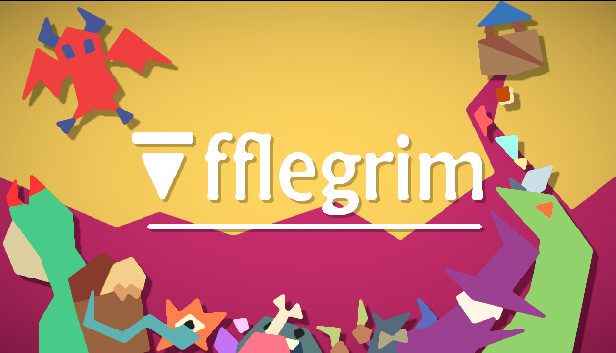Ufflegrim is a traditional roguelike with card-based, creature summoning combat. Here is the official guide to Ufflegrim’s various gameplay systems.
Ufflegrim Mechanics Guide
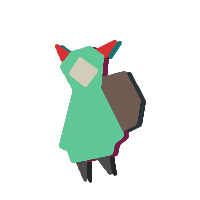
Core Gameplay
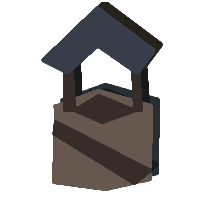
Combat & Cards
Your character has 2 attack and 40 life. You can walk into enemies to attack them, which will draw 1 card from your deck for you to use. All cards have 2 different effects based on where you played them:
1) Creature effect.
This is the thing a card does when you play it as a creature. To play a card as a creature, just place it on an empty tile.
2) Drop effect.
This is what happens if you try to play a card on top of an existing creature. It will not summon the card as a creature, but instead activates its drop effect, similar to a spell in other card games.
Keeping an eye on your life and letting your creatures tank for you while you attack to draw more cards is key to success.

Creature Types
Ufflegrim’s system functions slightly differently. Creature types are frequently added and consumed as resources by creature effects and drop effects. For instance, you might encounter a creature that adds [Wet] to enemies it attacks. From there, you could use a drop effect that deals damage to nearby [Wet] creatures.
When deckbuilding, you’ll want to pay attention to these creature type based effects, and set up to abuse them for maximum offensive or defensive potential.
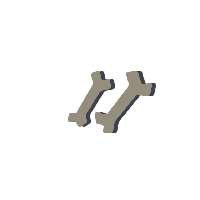
Deckbuilding
1) Deckfill.
A deck in Ufflegrim has a variable amount of cards. You can have up to 30 in your deck, but as few as 1. Every card has a deckfill number. Your total, combined deckfill must reach 100 or more. Thus, if you have a card that has a deckfill of 100, it’s a valid deck just by itself. In general, stronger cards have lower or even negative deckfill numbers to lower your draw consistency as a tradeoff.
2) Limiters.
Select few cards have limiters attached to them. These add additional deckbuilding rules you must follow for a deck to be considered valid. For example, the starting card, the Faithful Shortsword, requires that it be the only card in your deck. Another example might be, “Your deck must contain 5 [Undead].”. If a card is too strong to be balanced by other means, it will have a limiter attached to it.

Quests
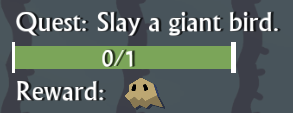
The Crafted Dungeon
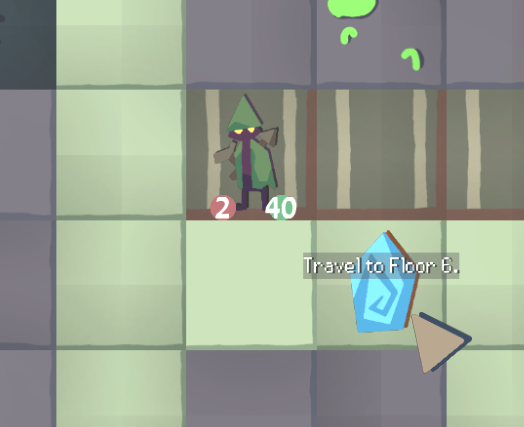
Random Encounters & Modifiers
Encounters are areas with nonstandard tilesets, creatures, and layouts. There may be unusual quests to complete, or rare cards to obtain.
Modifiers are special game rules. For example, all creatures you summon are transformed into Shrine Golems. Or every few turns, all creatures are pushed upwards by 1. In general, modifiers attempt to give you a different way to play the game, or an interesting challenge.


